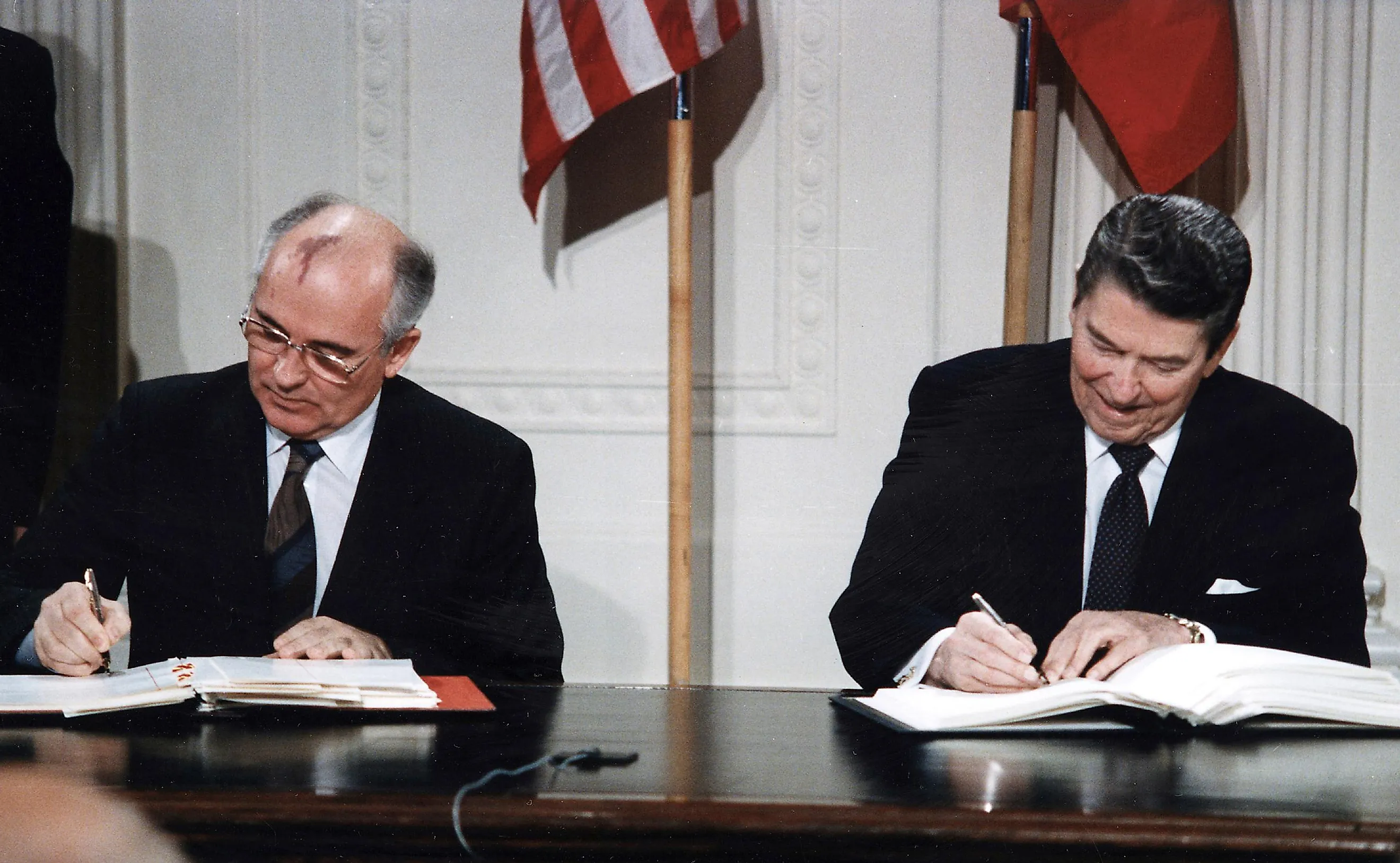
How Did the Cold War End?
The Cold War began almost immediately following World War II. Lacking Nazi Germany as a common enemy, the United States and the Soviet Union (USSR) struggled to reconcile their diametrically opposed ideologies—free-market capitalism and communism. With both powerful countries possessing nuclear weapons, tensions were inevitable. Furthermore, due to this entrenched ideological opposition, the notion of tensions ever lessening seemed unlikely. Nonetheless, the Cold War did end in the late 1980s to early 1990s.
The Cuban Missile Crisis
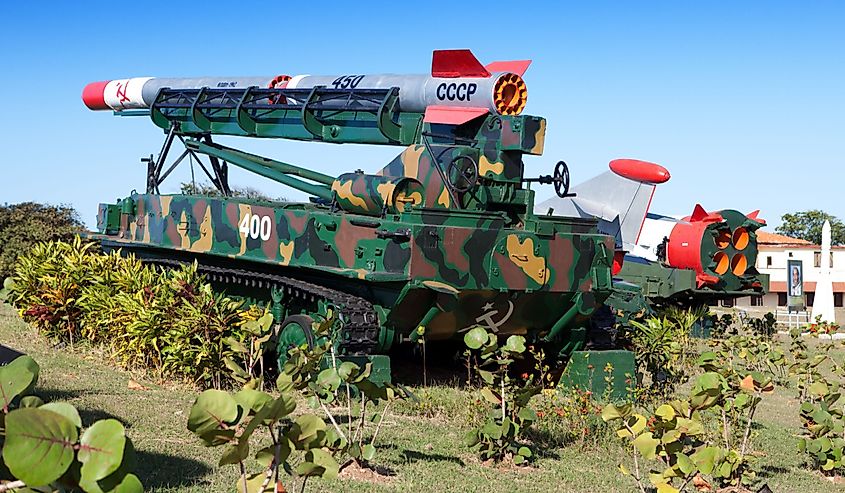
Despite both countries having nuclear weapons, the US still possessed a strategic advantage. Allies in Western Europe and Turkey meant that the Americans could place nuclear missiles close to the USSR. However, when Cuba turned communist in 1959, this gave the Soviets an opportunity to station nuclear weapons close to the US for the first time. Not wanting this to occur, American president John F. Kennedy (JFK) ordered a blockade of the island. Known as the Cuban Missile Crisis, this event almost led to war, with intense nuclear posturing on both sides.
The crisis ended with Soviet leader Nikita Khrushchev taking the missiles out of Cuba and JKF removing missiles from Turkey. Agreeing it was in both their interests to prevent nuclear annihilation, they also created a hotline between the US and USSR. Therefore, while the Cuban Missile Crisis is often understood as the height of the Cold War, it also marked the first step towards lessening tensions.
Détente
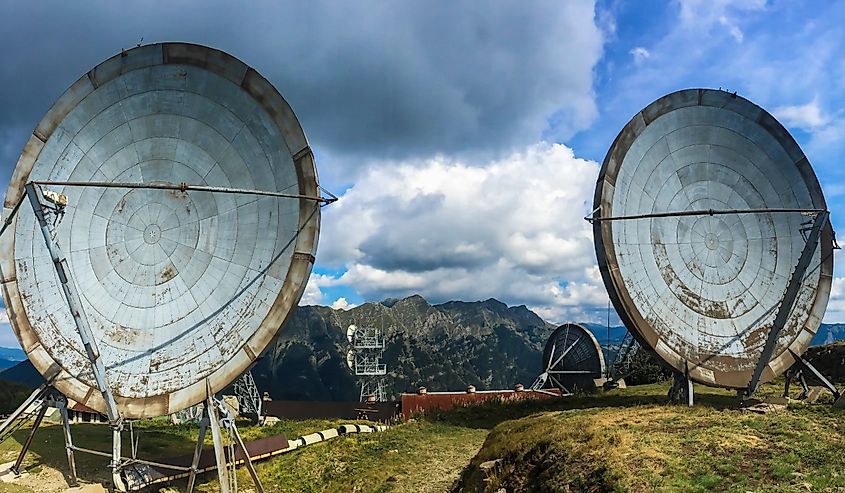
By the late 1960s and early 1970s, both the United States and USSR were trying to change their relations. The arms race of the previous 25 years was a serious economic burden for the Soviets. Moreover, the Americans felt comfortable with their geopolitical situation and thus sought to perpetuate the status quo—meaning that continuing to increase their nuclear arsenal made no sense. This desire to lessen tensions became known as détente (thawing) and resulted in one notable treaty.
The Helsinki Accords in 1975 established the basis for future cooperation through academic co-opts, cultural exchanges, and increased trade. Furthermore, the West gave formal recognition of the Polish borders established following World War II. Finally, the Soviets promised to improve their human rights record. While many of these agreements were either symbolic or did not materialize, they nonetheless signified a willingness from both parties to decrease Cold War hostilities.
Mikhail Gorbachev
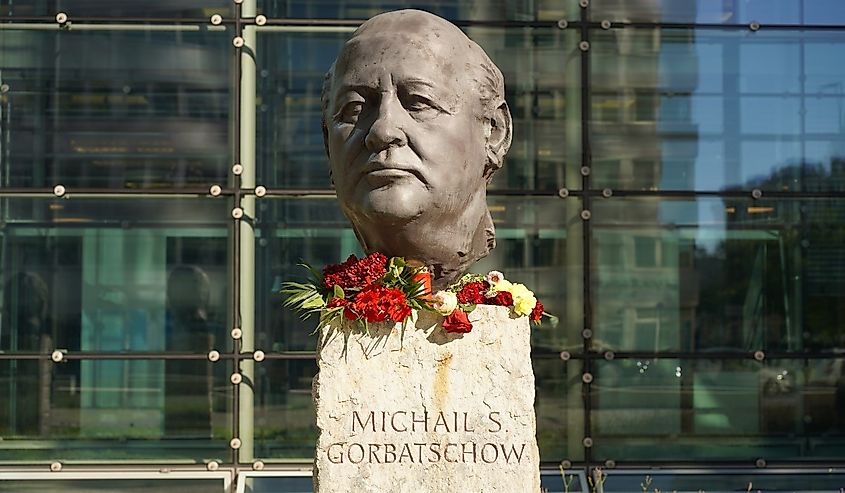
By the late 1970s, détente had failed. The Soviet invasion of Afghanistan made it clear that promises to respect human rights were empty. Tensions increased again under American president Ronald Reagan, as he supported anti-communist insurgencies in non-allied countries and labeled the USSR an evil empire.
However, change was on the horizon in the Soviet Union. Following a series of very old and sickly leaders, Mikhail Gorbachev became General Secretary in 1985. Desperate to help the USSR's ailing economy, Gorbachev aimed to tone down the arms race with the West and redirect that money elsewhere. A series of summits between the US and USSR dedicated to decreasing each country's nuclear arsenal thus occurred over the next five years. Finally, at the Malta Summit in December 1989, Gorbachev and President George H.W. Bush declared the Cold War over, although the truth of this statement was questionable. Indeed, one final piece of the puzzle had yet to fall into place.
The Collapse of the Soviet Union
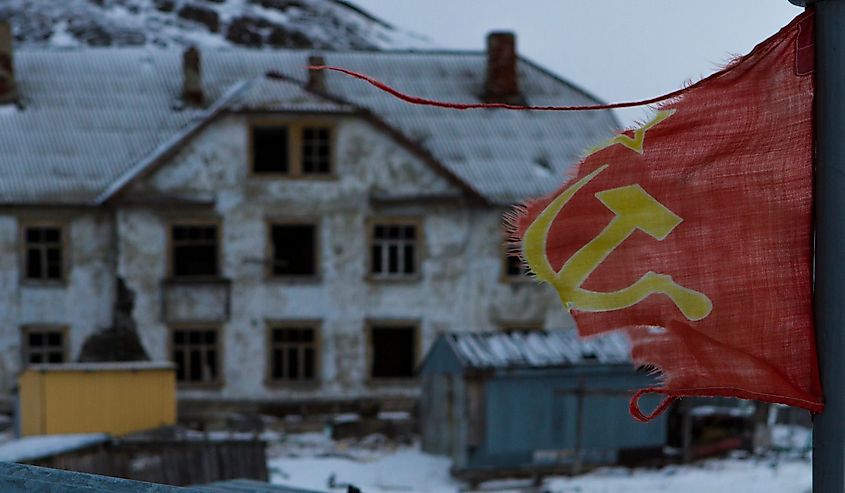
By the time Gorbachev became General Secretary, the Soviet Union was struggling. A stagnant economy and blatant corruption had created a largely apathetic and cynical population. This attitude was further compounded by the 1986 Chornobyl Disaster, which prompted widespread protests across the USSR. By 1989, these demonstrations had spread throughout the Eastern Bloc and transformed into full-on revolutionary movements.
In November 1989, the Berlin Wall fell, marking the end of the Iron Curtain. In 1990, declarations of independence occurred throughout the empire, from the Baltics to the Caucasus. The loss of Russian support was the final nail in the USSR's coffin with the election of anti-Soviet Russian nationalist Boris Yeltsin as President of the Russian Soviet Federative Socialist Republic in 1991. The Soviet Union ceased to exist on December 26th, 1991, signifying the unambiguous end of the Cold War.
In conclusion, efforts to relieve US-Soviet tensions go back to the Cuban Missile Crisis. In the 1970s they made progress towards peace, only to disregard agreements due to broken promises and changing leadership. However, a series of summits throughout the 1980s then resulted in the formal conclusion of the Cold War. Finally, the subsequent collapse of the USSR ended the conflict.











